
"I have used a wide variety of secondaries and Jackson ImmunoResearch has consistently been the best. The fluorophores are bright and stable and their selective (x reactivity removed) secondaries have always shown species specificity in multiple labeling."
Janet Duerr, Ohio UniversityRating: 5.0
Examples A, B and C show some of the possible protocols used for double labeling two unconjugated primary antibodies from the same host species.
The success of these experimental designs will require some empirical manipulations. Optimizing reagent concentrations in each step or switching the labeling sequence of the two antigens may influence the outcome.

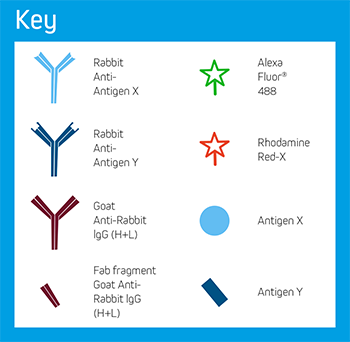
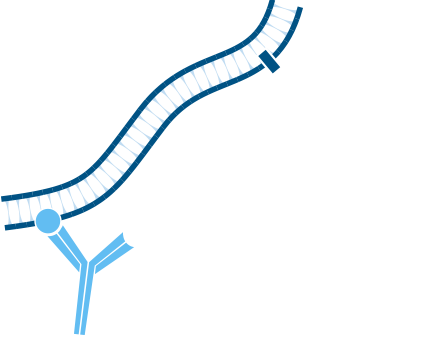
Step 1. After blocking with normal serum, incubate with the first primary antibody, in this example Rabbit Anti-Antigen X. Wash.
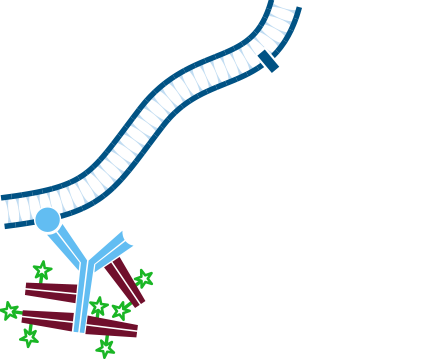
Step 2. Incubate with excess conjugated secondary antibody, in this example Alexa Fluor® 488-Fab fragment Goat Anti-Rabbit IgG (H+L). Wash.
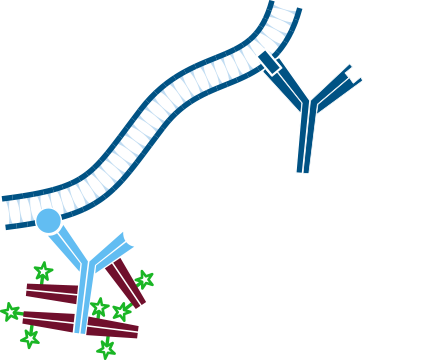
Step 3. Incubate with the second primary antibody, Rabbit Anti-Antigen Y.
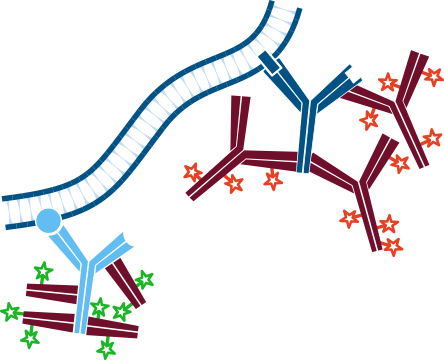
Step 4. Incubate with a second conjugated secondary antibody, in this example Rhodamine Red™‑X-Goat Anti-Rabbit IgG (H+L). Wash.

| Step 1. | - |
|---|---|
| Step 2. | - |
| Step 3. | - |
| Step 4. | - |
A blocking method using unconjugated fab fragments to “change” the species of one antibody.
A blocking method to allow use of two same species primary antibodies following blocking for endogenous Ig with unconjugated fab fragments.
A blocking method using unconjugated fab fragments to prevent detection of the conjugated primary by subsequent antibodies.
A blocking method using whole Ig antibodies to prevent non-specific labeling.
Background staining may be observed if a labeled secondary antibody is not adsorbed to minimize recognition of endogenous tissue Ig.
View Blocking Protocol
FabuLight antibodies are Fab fragment secondary antibodies specific to the Fc region of IgG or IgM primary antibodies.
Read More